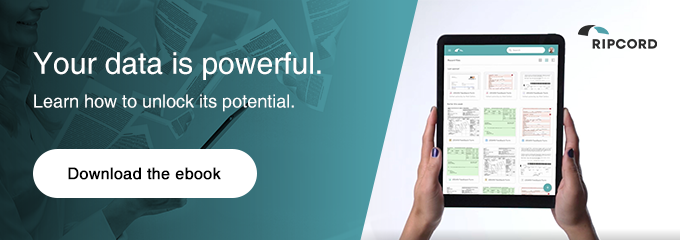In recent years it's become just about impossible to read about or discuss technology in business without coming across the terms robotic process automation (RPA) and business process automation (BPA). But what are robotic process automation and business process automation (sometimes called business process management), really? Are they just a passing fad, or are they worth looking into and implementing in your business? Below, we answer these questions and go into the key areas of difference between RPA and BPA so you can make an informed decision about where they may belong in your organization.
Size and Scope
Simply defined, RPA is software that can make machines perform specific tasks previously done by a human being. BPA, on the other hand, is an automation-focused approach to all the processes throughout an organization. RPA can be (and frequently is) an integral component of a BPA solution for a business or other entity, but the latter is far larger and more high-level than the former. "If RPA is the crew on a busy ship, BPA is the captain, charting a course that ensures the ship not only makes it to its destination, but does so with optimal performance, safety, and cost-effectiveness," reads a blog post from spend-management-solution provider PurchaseControl, in part. "BPA chains together RPA tasks according to a single and complete overarching strategy that supports core business improvements."
Approach
Another major differentiator between RPA and BPA lies in the approach of an organization to automation. Does the business want to make rote and human-less a specific task or set of tasks? Or is it seeking to streamline all of its workflows and to up efficiency entity-wide? BPA "concerns itself with not just individual tasks but with the overall end-to-end process," writes Forbes Technology Council member Ashish Deshpande in a piece for Forbes.com. "It’s much more about enabling faster and more accurate decision making rather than faster data entry."
Where RPA is tactical, BPA is strategic, part of a larger, holistic plan to move a business or other type of organization forward technologically and to remove inefficiencies and redundancies wherever they may exist.
Implementation
Part of RPA's enormous appeal is its easy implementation. Because it replaces (rather than creates) actions already being taken, it can use the interface currently in place in an organization, so it slots easily into existing infrastructure. "RPA projects are low risk, non-invasive projects that get completed quickly without disturbing existing systems," according to a blog post on data-aggregator site AImultiple.com.
By contrast, BPA requires significant time and in-depth analysis of the existing systems in an organization. "Implementing BPA can be a major event," a piece on BPA from software company Smartsheet reads. "Because many business IT environments are virtual or cloud-based, their complexity can be challenging. Furthermore, in business process management (BPM), the automation element can take a backseat to defining the processes themselves. BPA concentrates on first automating the processes, then analyzing and optimizing them." Where RPA can be 'inserted,' so to speak, BPA is a bespoke, from-the-ground-up solution affecting all aspects of the running of an organization.
However, it's important not to think of these applications as being at loggerheads. "The key here is not to see them as competing solutions, but as solutions that can complete each other," reads a blog post from software company Byte Scout. "Therefore, the two can work in tandem ... to achieve [a] business’s automation goals progressively."
Return on investment
With some experts putting the return on investment from robotic process automation implementation at anywhere from 30 to 300 percent in the first 12 months of deployment, it's no wonder RPA has gained so much momentum. "The development and implementation costs associated with RPA deployment do not have to be significant," Mitul Makadia writes in a piece for programming-news site DZone.com. "In general, they are relatively low, allowing businesses to achieve a positive ROI quickly. In fact, a well-defined RPA solution can be implemented in much [less] time [than] other contemporary technologies, allowing businesses to see benefits much faster."
Estimates of savings accrued owing to BPA, however, do not always make for an apples-to-apples comparison with savings from RPA. Research company Gartner has estimated that 80 percent of organizations using BPA will see "an internal rate of return better than 15 percent," according to a piece on the topic on PEX Network's website. Of 20 companies that responded to a recent Gartner survey, the majority said they had seen returns of between $100,000 and $500,000 from each BPA project they had implemented.
Fast and quick is not the name of the game with BPA, but there are numerous, hard-to-calculate indirect ROIs associated with BPA implementation. These include risk reduction, better regulatory compliance, and reduced human stress levels.
Whether robotic process automation or business process automation (or both) seems to be a fit for your business, one thing is for certain: Automation is a significant time and money saver across industries, geographical borders, and job descriptions. And it's here for good.
Going paperless but drowning in paper? Pull the cord -- the Ripcord. We're on a mission to take the world paperless with our end-to-end, robotic process automation and business process solutions. Lose the paper, and keep the data. Download the ebook Intelligent Business and Robotic Process Automation to learn more today.
